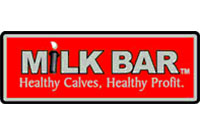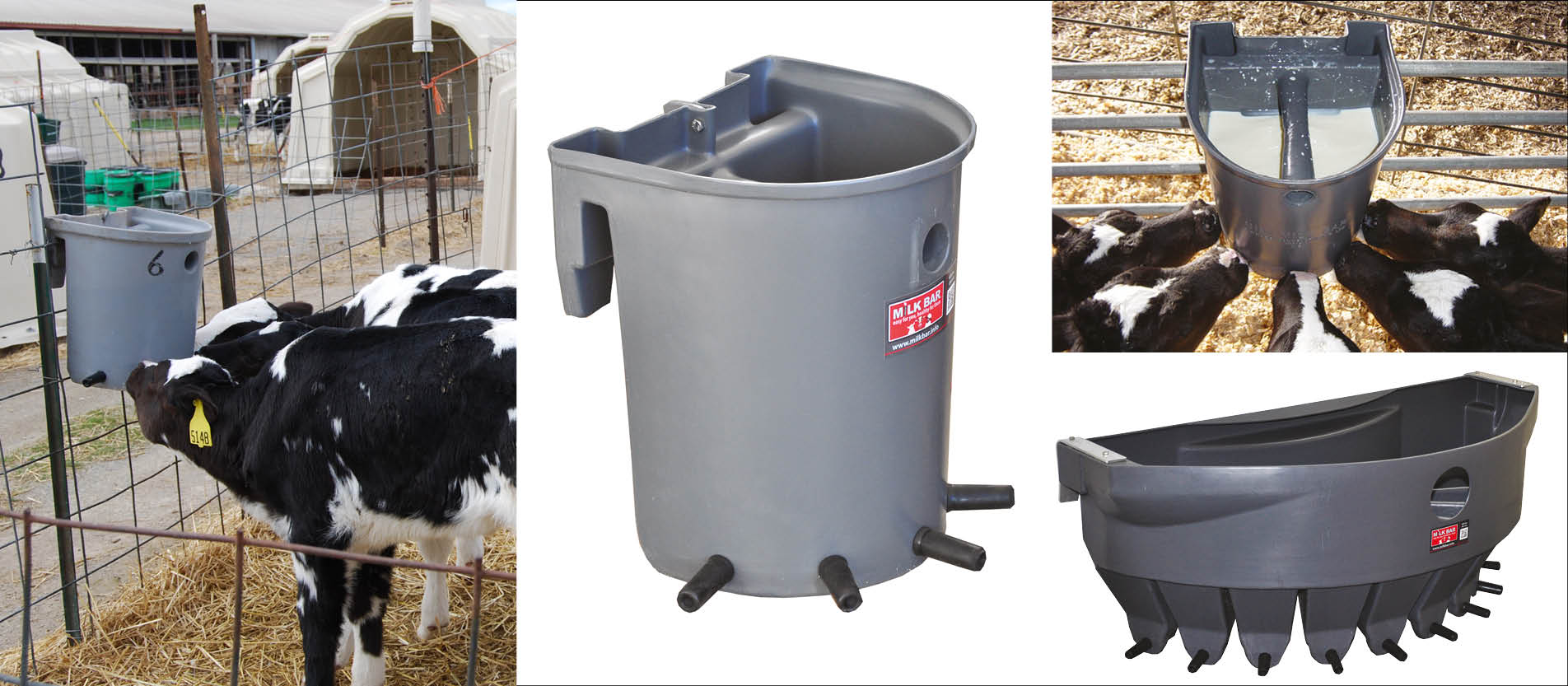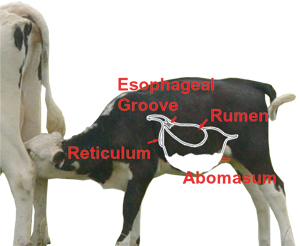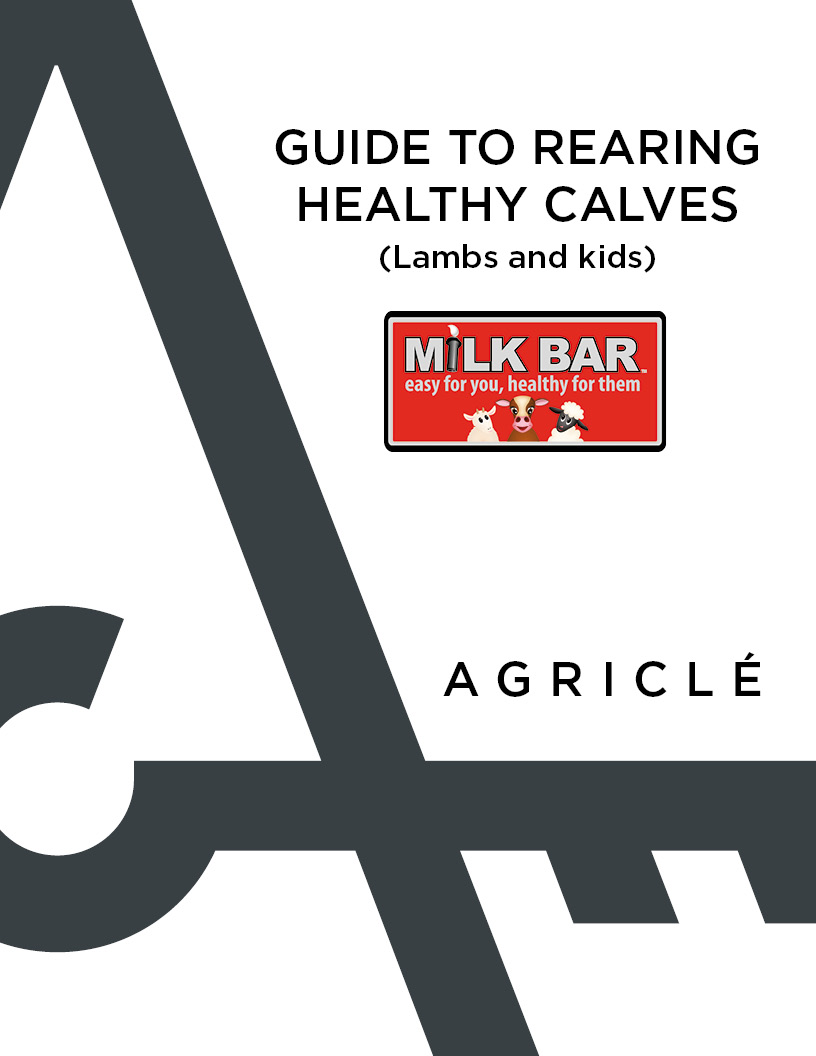
With Milk Bar teats and training method, feeding tasks will be simplified and will allow having healthy calves. We have many models of buckets with teats, colostrum bottle and 125 liters kart for milk transportation. We also have teats for young goats.

Here's few points to consider when raising calves:
In the natural state, as a calf drinks from a cow, it drinks slowly with its neck stretched out, and the calf produces a lot of saliva. This action closes the oesophageal groove so the milk bypass’s the rumen and enters the abomasum.
When milk enters the abomasum, rennin and other enzymes curd the milk. The whey is squeezed from the abomasum and into the intestine for digestion. Milk curd is then broken down by enzymes in the abomasum, before also passing into the intestine for absorption.
IMMUNE DEFENSES:
The saliva produced by suckling slowly, balances the pH in the abomasum to help curd the milk. Saliva contains essentials enzymes like lipase, necessary for fat digestion, a vital energy source.
Saliva contains natural antibiotic properties, a calf’s first and main defence against infection. When a calf is fed fast, it may not produce the saliva it needs to digest milk. This can cause the calf to suck on ears, navels and udders, as well as surroundings to try and make the saliva it should have produced while suckling. This is called cross suckling.


Get your free Rearing guide for calves

